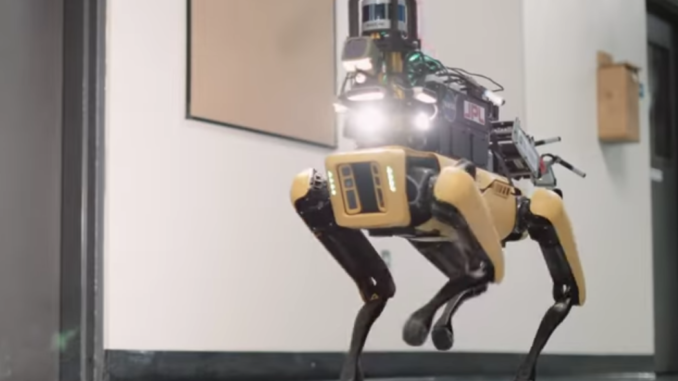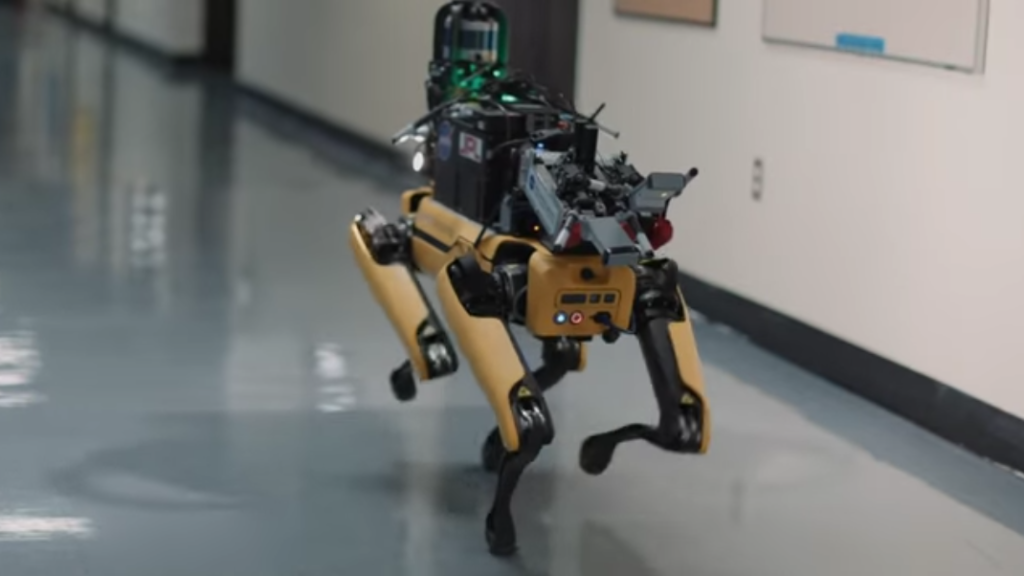
Back in June of last year, the Owl brought you the story of a robotic sheepdog, a dubious electro-mechanical affront to flesh-and-blood sheepdogs and their human shepards. Fortunately, in the time since, there have been no reports of skyrocketing sales of robotic ewe wranglers or a surge in out-of-work border collies. We cannot say, at this point, that the robot’s manufacturer, Boston Dynamics, has given up on the idea altogether (although we can say we hope so). However, we can report they are working on a bigger and much better role for their version of man’s best friend. Boston Dynamics is hawking Spot (their name for the dog-like robot) for a role in Mars exploration. Surely this assignment is a better fit for an advanced robot like Spot than herding woolly ruminants.
CoSTAR (Collaborative SubTerranean Autonomous Resilient Robots) is a team of NASA and JPL-Caltech engineers and scientists who have modified one of Boston Dynamics’ Spot robots with additional sensors to autonomously explore, navigate, scan, and map, any rough-terrain environment. Ultimately, they’d like Spot to explore Mars, particularly areas featuring rugged ground such as sub-surface caves and lava tubes, or any above ground area too tough for NASA’s wheeled rovers to reach. Because it’s Mars, and the four-legged Spot can move much quicker than any rover so far sent to the red planet, Spot will need to be completely autonomous. Thus, they’re calling it Au-Spot.

The research team equipped Au-Spot with additional sensors including Lidar (a laser “scanner” used to map objects and areas with a very high degree of precision), motion sensors, thermal sensors, and visual sensors, all of which contribute to making accurate 3D (three-dimensional) maps.
The CoSTAR team has tested Au-Spot’s abilities in office buildings, traversing stairs, obstacle courses, exploring tunnels and old mines, and even in lava tubes here on Earth. If Au-Spot should take a fall or tumble, it’s equipped with artificial intelligence to right itself, get back on its feet, and continue on its mission. The assignment to explore and map Mars’ lava tubes is especially critical to planning future manned missions as the underground caverns are believed to be natural radiation shelters that would provide a safe home for humans.
“Team CoSTAR Subterranean Challenge Practice Run” (1:42):
“Mars Dogs: AI Powered Autonomous Robot Concept for Mars – [R&D from NASA’s Team CoSTAR]” (11:44):
Question of the Night: Can you foresee a robot in your future?
